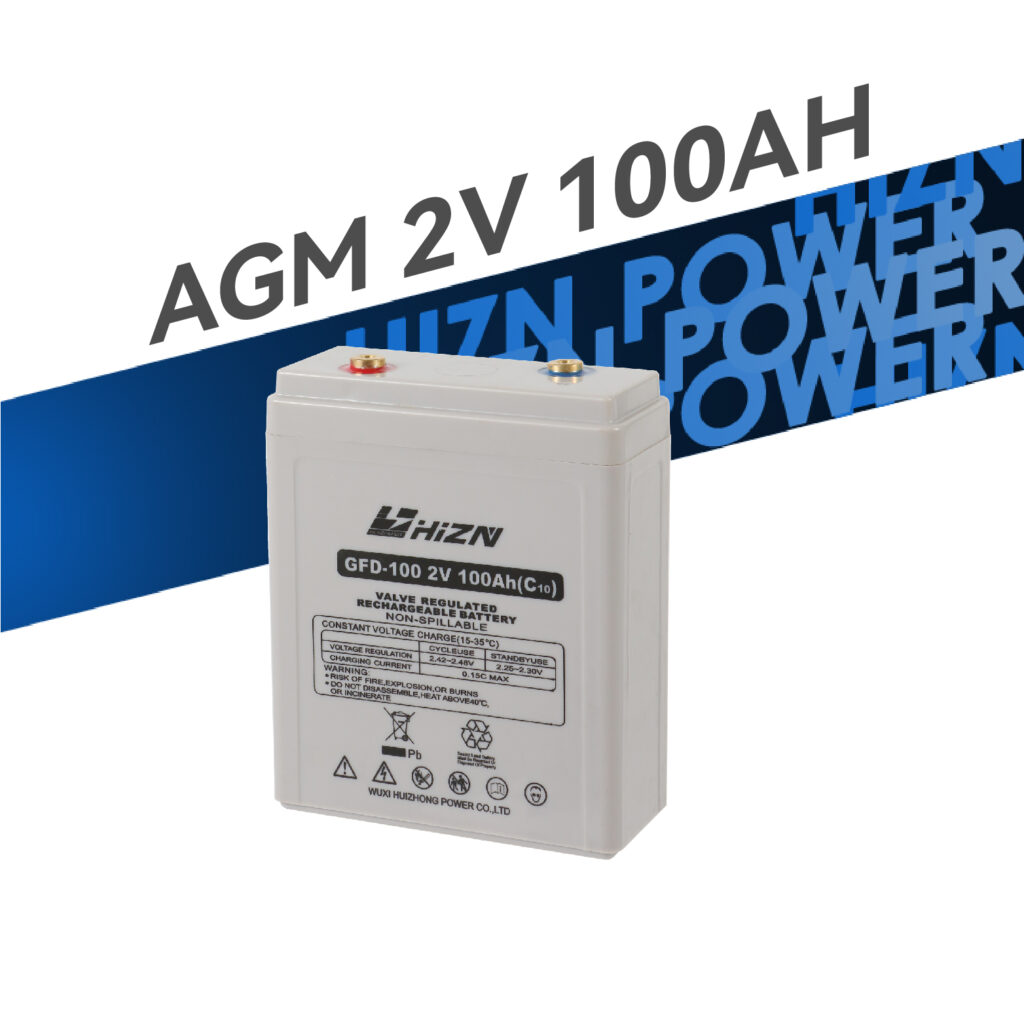The casing of an Absorbent Glass Mat (AGM) battery is typically made from durable plastic materials, most commonly polypropylene (PP) or acrylonitrile butadiene styrene (ABS).
1. Polypropylene (PP):
- Properties: Polypropylene is widely used due to its excellent chemical resistance, impact strength, and low weight. It is also highly resistant to heat and does not react with the acidic electrolyte inside the battery.
- Usage: PP is often used for AGM battery casings because it provides a strong, lightweight, and cost-effective solution that can endure the harsh conditions in which these batteries often operate.
2. Acrylonitrile Butadiene Styrene (ABS):
- Properties: ABS is known for its toughness, rigidity, and impact resistance. It also has good resistance to chemicals and heat, making it suitable for battery applications where durability is key.
- Usage: ABS is sometimes used in AGM battery casings, especially in applications where additional strength and impact resistance are required.
Both materials are chosen for their ability to withstand the physical and chemical stresses within the battery environment, including exposure to acid, vibration, and temperature fluctuations. These materials also help in maintaining the integrity of the battery in various environmental conditions, contributing to the overall longevity and reliability of AGM batteries.


